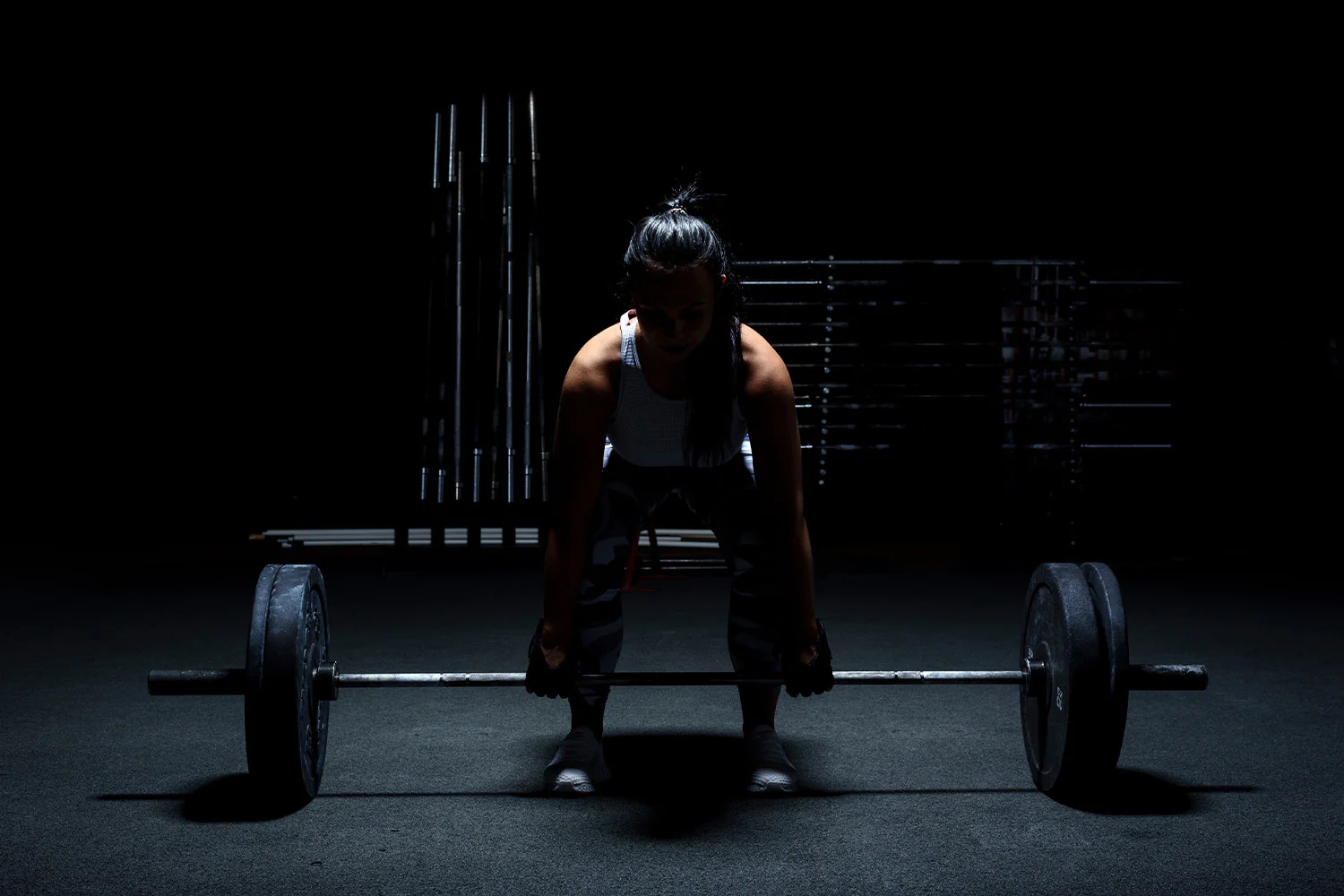Demystifying the Deadlift: A Safe Path to Improved Functional Health
When it comes to building strength and improving overall functional health, few exercises rival the deadlift. Yet, this powerful compound movement is often shrouded in misconceptions and fears, with some labeling it as dangerous. In this blog post, we’ll explore why deadlifting does not have to be a risky exercise and, in fact, can be a valuable tool for enhancing functional health.
The Benefits of Deadlifting
Before diving into the safety aspects, it’s essential to understand why the deadlift is a valuable exercise:
1. Total Body Engagement: The deadlift works multiple muscle groups, including the legs, back, core, and even the arms. It’s a full-body exercise that can help improve muscle strength and coordination.
2. Functional Strength: Deadlifting mimics everyday movements like lifting objects from the ground, making it highly functional. As you become stronger in the deadlift, you enhance your ability to perform daily tasks more efficiently and with reduced risk of injury.
3. Improved Posture: Deadlifting requires proper spinal alignment and engagement of core muscles. Consistent deadlift practice can lead to better posture, reducing the risk of back pain.
4. Bone Health: Weight-bearing exercises like the deadlift are excellent for bone health. They can help increase bone density, making your skeletal system stronger and more resilient.
5. Enhanced Metabolism: Deadlifting is a compound exercise that recruits numerous muscles simultaneously. This results in a substantial calorie burn and can aid in weight management and body composition.
Dispelling Deadlift Myths
Now, let’s address some of the common myths that have given the deadlift an undeserved reputation for danger:
1. Deadlifts Are Bad for Your Back: When performed with proper form, deadlifts are not inherently harmful to the back. In fact, they can improve back health by strengthening the spinal erectors and promoting good posture.
2. You Must Lift Heavy Weights: You don’t have to start with extremely heavy weights. Beginners can practice with lighter loads or even bodyweight until they’ve mastered the technique.
3. Deadlifts Are Only for Athletes: Deadlifts can benefit people of all fitness levels and ages. The exercise can be modified to suit individual needs and goals.
Safety First: Proper Deadlift Technique
To make the most of the deadlift while minimizing the risk of injury, focus on these key elements:
1. Perfect Your Form: Prioritize learning and maintaining proper form. This includes a neutral spine, hips back, chest up, and engagement of the core muscles.
2. Start Light: There’s no rush to lift heavy weights. Begin with manageable loads to ensure you’re comfortable with the exercise’s mechanics.
3. Seek Guidance: Consider working with a certified trainer who can provide guidance and feedback on your technique. They can help you develop safe and effective deadlifting skills.
Closing Remarks
The deadlift is a versatile and effective exercise that can be a cornerstone of your fitness routine. When performed correctly, it is not dangerous and offers numerous benefits for functional health, strength, and overall well-being. By learning and practicing proper form, starting with manageable weights, and seeking expert guidance when necessary, you can unlock the potential of the deadlift as a safe and valuable addition to your fitness journey. Embrace this powerful exercise and enjoy the improvements in your functional health it can provide.

